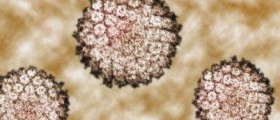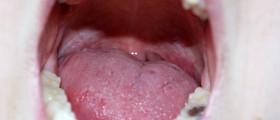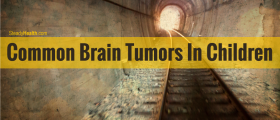
About 2000 people in the US get diagnosed with cancerous nasal tumors annually, which is not that much, statistically perceived. Thus, most of these tumors turn out to be benign, 70% of them affecting the maxillary sinus, 20 to 30% appearing in the nasal cavity and up to 15% of cases affecting ethmoid sinuses. Also, cancer appearing in frontal sinuses is a very rare occurrence, taking place in only 5% of cases.
Causes and Facts about Nasal Tumors
First of all, men seem to be more susceptible to this health issue than women. On the other hand, both sexes are in danger of developing nasal tumors in their 50s or 60s. As with most diseases, tobacco and alcohol abuse will increase the chances of having this tumor, as well as other tumors appearing in the respiratory tract. Dust or chemical exposures also increase one's chances of developing nasal tumor or even nasal cancer.
Variants of Nasal Tumor and Cancer
Among all cancers which occur in the respiratory area, squamous cell carcinoma is the most common one. In fact, this cancer is responsible for this condition in 70% of cases. If the cancer appears on the sinus lining, which happens in about 10 to 20% of cases it is named adenocarcinoma. A small amount of 5% of all nasal cancers is due to lymphomas, triggered by cells in the lymphatic or immune system. In 3% of cases, cancerous cells contain pigment and are known as very aggressive, named melanomas, appearing in the sinus lining. Finally, Esthesioneuroblastomas appear at the base of the skull, on the nerves which provide the sense of smell.
There are other growths which are benign and do not trigger cancer per se. However, these too can be dangerous when neglected.
Alternatively, viral infections can lead to nasal cancer in about 10% of cases. So, these are usually benign.
Signs of Nasal and Sinus Tumors
Warning signs of these potentially dangerous conditions are many. First of all, nasal congestion, especially when affecting just a single side, is a common sign of this problem. Also, pain in the nasal or head area, including ears and eyes can be a manifestation of abnormal nasal growth. Post nasal drip at the back of the throat, nose bleeding appearing often, vision issues, loss of senses of smell or taste, numbness in face or teeth, growths on the facial area, nose, palate or neck, tear-filled eyes, mouth movement problems, constant ear infections or hearing problems, all are signs which belong to the list of possible culprits for nasal and sinus tumors.
It is crucial to seek medical attention if you notice any of these signs affecting you. The treatment may involve series of diagnostic tests, followed by surgery, treatment by medications, radiation or chemotherapy, depending on the type and location of the abnormal growth.

















Your thoughts on this
Loading...